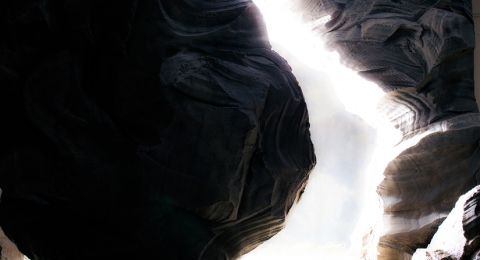
The Real Truth About What Happened on Good Friday: Biblical Evidence
The Bible challenges the traditional Good Friday crucifixion timeline through Jesus's own words about the "sign of the prophet Jonah" - that He would be buried for three days and three nights (72 hours) in the earth (Matthew 12:39-40).
A Friday crucifixion and Sunday morning resurrection only allows for about 36 hours - two nights and one full day - making it impossible to fulfill Jesus's prophecy.
The key to understanding the actual timeline lies in recognizing two separate Sabbaths that week:
- An annual Sabbath (first day of Unleavened Bread)
- The weekly Sabbath (Saturday)

Dome of the Rock, Jerusalem skyline
The Gospel accounts confirm this dual-Sabbath week:
- Mark 16:1 shows women buying spices after a Sabbath
- Luke 23:54-56 shows women preparing spices before a Sabbath
- John 19:31 specifically mentions the first Sabbath was a "high day" (annual holy day)
The actual timeline:
- Wednesday: Jesus died and was buried before sunset
- Thursday: Annual Sabbath (First Day of Unleavened Bread)
- Friday: Women bought and prepared spices
- Saturday: Weekly Sabbath
- Saturday near sunset: Jesus resurrected (completing 72 hours)
- Sunday morning: Women found empty tomb

Rock formation lit by holy light
This timeline perfectly fulfills Jesus's prophecy of three days and three nights while harmonizing all Gospel accounts. The traditional Good Friday observance, while widely accepted, does not align with biblical evidence.

Three myths about Jesus's crucifixion
For accurate worship, Jesus emphasized following biblical truth rather than human traditions (John 4:23-24). Understanding these biblical holy days provides deeper insight into God's plan of salvation through Jesus Christ.
